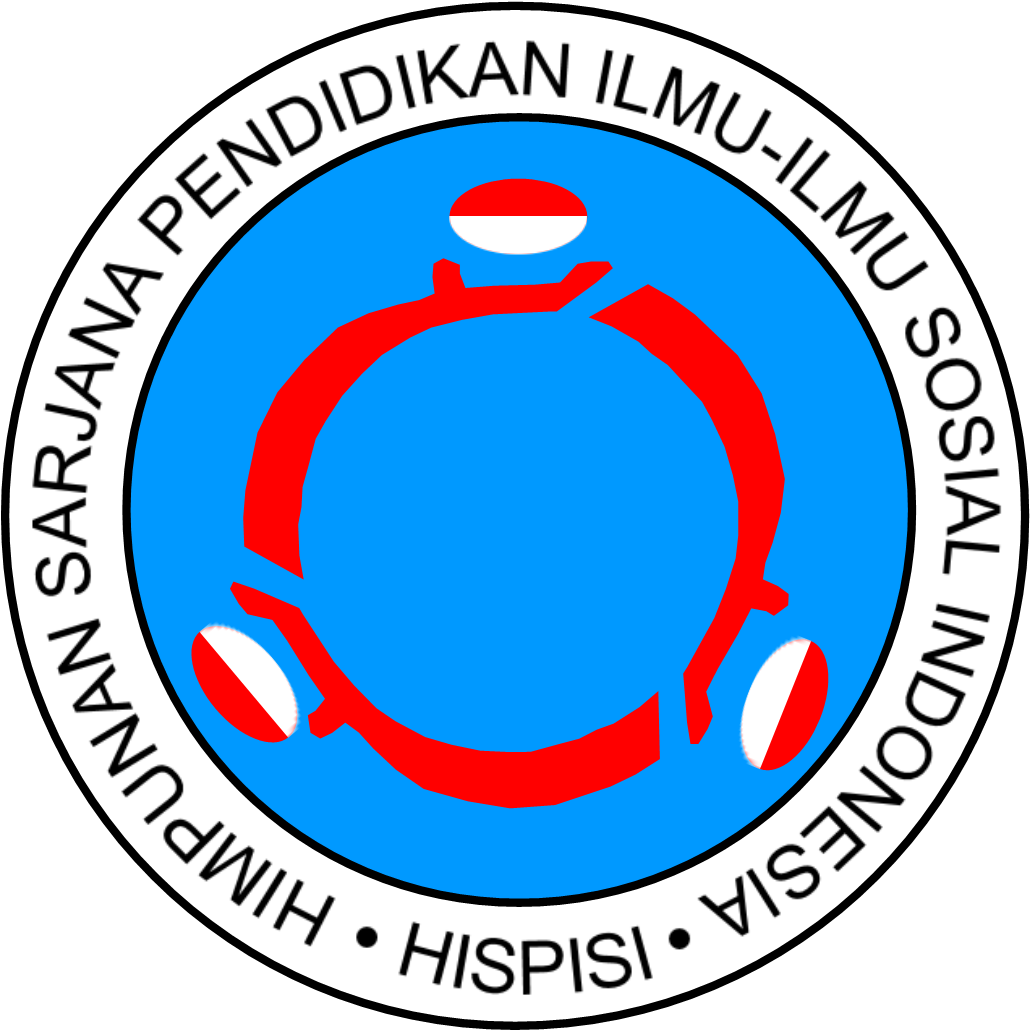A Spatial Analysis of Subgrade Density Value of Cisumdawu Hihgway (KM 10+700 – 12+000)
Abstract
Uniformity of subgrade density value is very necessary, including in Cisumdawu highway. Spatial analysis with geostatistical computation was applied to predict and map subgrade density value. Geostatistical method used was kriging method based on semivariogram model. The data collected were a sandcone test from 2 zones of dry density value at last layer of compaction. Results of spatial measurements showed that existing values have spatial correlation with diversity influenced by distance and type of distribution, also direction of data distribution from subsgrade density. Zone 1 reached level of compatibility of 99.5% and Zone 2 of 99.4%. Mapping value of subgrade density was influenced by normal data distribution, distance between samples and spread pattern. Selection of semivariogram model showed standard deviation value in zone 1 of 0.0025 and zone 2 of 0.004, it indicates accuracy could meet confidence level of 95%. This result was expected to provide accurate evaluation of subgrade compaction work.
Keywords
Full Text:
PDFReferences
Anjan, Siddagangaiah, Raed Aldouri, Soheil Nazarian, and Jimmy Si. 2016. “Accelerated Assessment of Quality of Compacted Geomaterials with Intelligent Compaction Technology.” Construction and Building Materials 113. Elsevier Ltd: 824–34. doi:10.1016/j.conbuildmat.2016.03.117.
Barman, Manik, Moeen Nazari, Syed Asif, and Imran Sesh. 2016. “Quality Control of Subgrade Soil Using Intelligent Compaction.” Innovative Infrastructure Solutions 1 (1). Springer International Publishing: 1–14. doi:10.1007/s41062-016-0020-0.
Barnes, Randal J. 1993. “N11 Geostatistics for Subgrade.” Minnesota.
Budhi, Setiawan. 2008. “Aplikasi Statistika Dalam Menentukan Nilai Karakteristik Tanah: Sebuah Studi Pustaka.” Indonesian Journal on Geoscience 3 (2): 89–93. http://ijog.bgl.esdm.go.id.
Dondi, Giulio, Cesare Sangiorgi, and Claudio Lantieri. 2014. “Applying Geostatistics to Continuous Compaction Control of Construction and Demolition Materials for Road Embankments.” Journal of Geotechnical and Geoenvironmental Engineering 140 (3): 06013005. doi:10.1061/(ASCE)GT.1943-5606.0001044.
Hu, Wei, Xiang Shu, Xiaoyang Jia, and Baoshan Huang. 2018. “Automation in Construction Geostatistical Analysis of Intelligent Compaction Measurements for Asphalt Pavement Compaction.” Automation in Construction 89 (April 2017). Elsevier: 162–69. doi:10.1016/j.autcon.2018.01.012.
Laksana, Endra Angen. 2010. “Analisis Data Geostatistika Dengan Universal Kriging.” Universitas Negeri Yogyakarta.
Nawaz, Muhammad Farrakh, Guilhem Bourrié, and Fabienne Trolard. 2013. “Soil Compaction Impact and Modelling . A Review.” INRA, 291–309. doi:10.1007/s13593-011-0071-8.
Nosov, Sergei, Viktor Kuzmichev, Sergei Repin, and Sergei Maksimov. 2017. “Methodology of Ensuring Road Traffic Safety With Respect to Road-Building Materials Compaction Efficiency Factor.” Transportation Research Procedia 20 (September 2016). Elsevier B.V.: 450–54. doi:10.1016/j.trpro.2017.01.073.
Vennapusa, Pavana K R, David J White, and Max D Morris. 2010. “Geostatistical Analysis for Spatially Referenced Roller-Integrated Compaction Measurements.” Journal of Geotechnical and Geoenvironmental Engineering 136 (6): 813–22. doi:10.1061/(ASCE)GT.1943-5606.0000285.
Xu, Qinwu, and George K. Chang. 2013. “Evaluation of Intelligent Compaction for Asphalt Materials.” Automation in Construction 30. Elsevier B.V.: 104–12. doi:10.1016/j.autcon.2012.11.015.
DOI: https://doi.org/10.17509/jpis.v28i1.14714
Refbacks
- There are currently no refbacks.
Copyright (c) 2019 Ihwan Fauzi, Eri Susanto

This work is licensed under a Creative Commons Attribution-NonCommercial-ShareAlike 4.0 International License.














